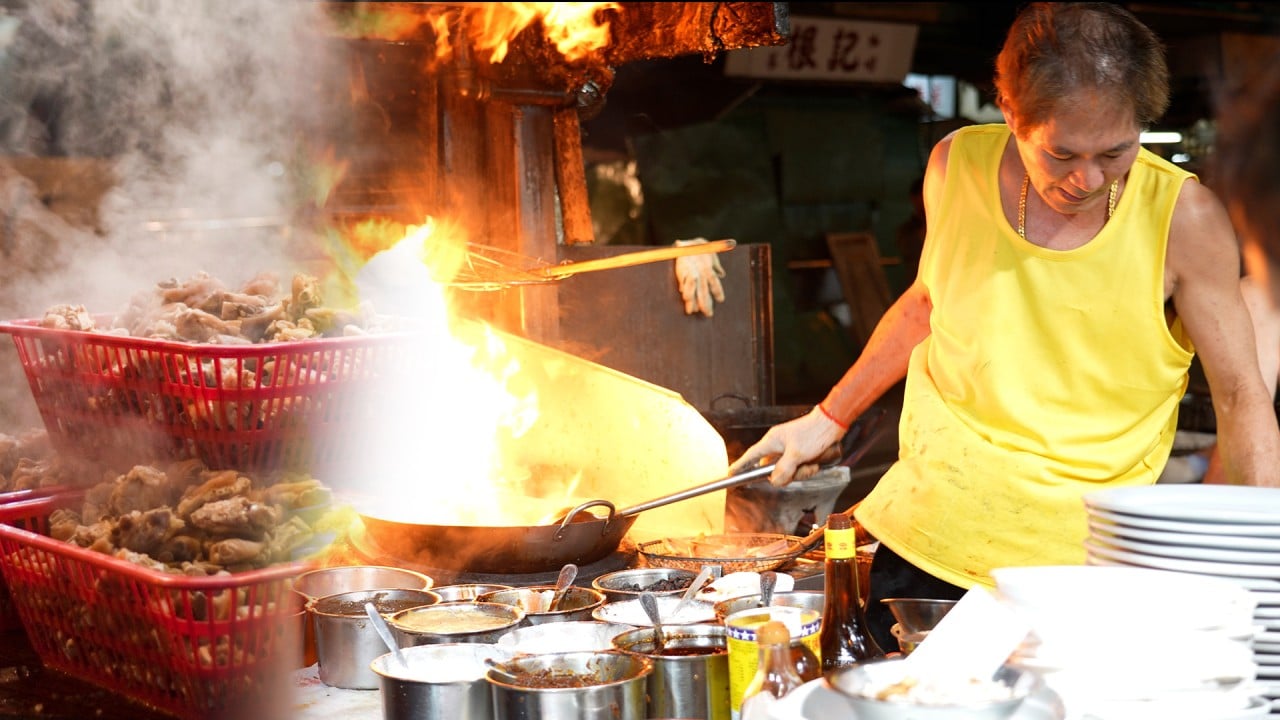The situation contrasts with the scenes outside the outlets just a few months ago, when people queued up to buy a cup of tea or try a taste of mainland food.
Jo’s Cha in Causeway Bay is facing a similar decline in demand for its tea.
“Consumers are fewer than when we just opened the shop,” a member of staff said. “Sometimes like rainy days, we only sell some 100 cups.”
“We can sell 200 cups on our busiest days,” the employee said. “It’s credit to the good location we have, and tourists or mainlanders make up about 60 per cent of our consumers. Local people only account for about 30 per cent.
The staff member said they are pinning their hopes on the summer heat bringing in more people who want to quench their thirst.
The city’s famously high commercial property rents are a constant threat to the survival of retailers.
In a post issued recently on its official Redbook account, LMM said the rents for its Hong Kong stores ranged between HK$36,000 and HK$130,000, while labour costs range from HK$60,000 to HK$80,000 per month. The average rent for a shop in Hong Kong is up to 20 times higher than on the mainland, the post said.
JLL data shows that rents for high street shops in prime districts rose 15 per cent in the first quarter from a year earlier, with Tsim Sha Tsui seeing the highest increase.
Xita Laotaitai, a Chinese barbecue restaurant in Tsim Sha Tsui, has fallen behind with its rent, prompting the landlord to seek a new tenant, according to market insiders.
“Those renters probably expected good business at the very beginning, but later they found it hard to survive as the sector is quite competitive,” said Michelle Chiu, head of F&B and lifestyle in JLL’s retail department.
Mainland China-based brands have become increasingly favoured by Hongkongers as growing numbers of people have made weekend excursions across the border to shop and dine. As a result, at least 20 mainland food and beverage brands have entered Hong Kong so far this year, according to data compiled by Midland IC&I Property.
Retail operators from the mainland accounted for 28 per cent of all newcomers last year, compared with less than 5 per cent in 2022, according to JLL.
Many of them have struggled.
“Some found it hard to acclimatise themselves to the local market, as they lack the experience of operating in Hong Kong,” said Tony Lo Chin-ho, executive director of Midland IC&I Property.
“The premium shops they rented are not always the ideal choice for business operations despite the high foot traffic there. The foot traffic has often failed to translate into customers and revenues.”
Mainland Chinese brands need to do their homework and adapt to local tastes, said JLL’s Chiu.
“If the products are the same as what they can get on the mainland but several times more expensive, it is hard to convince customers to buy,” she said.


